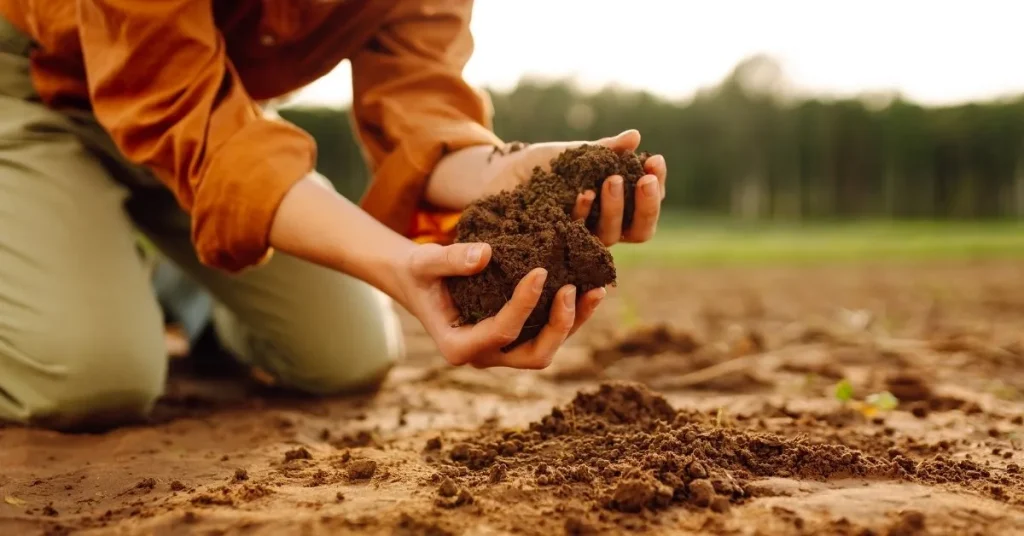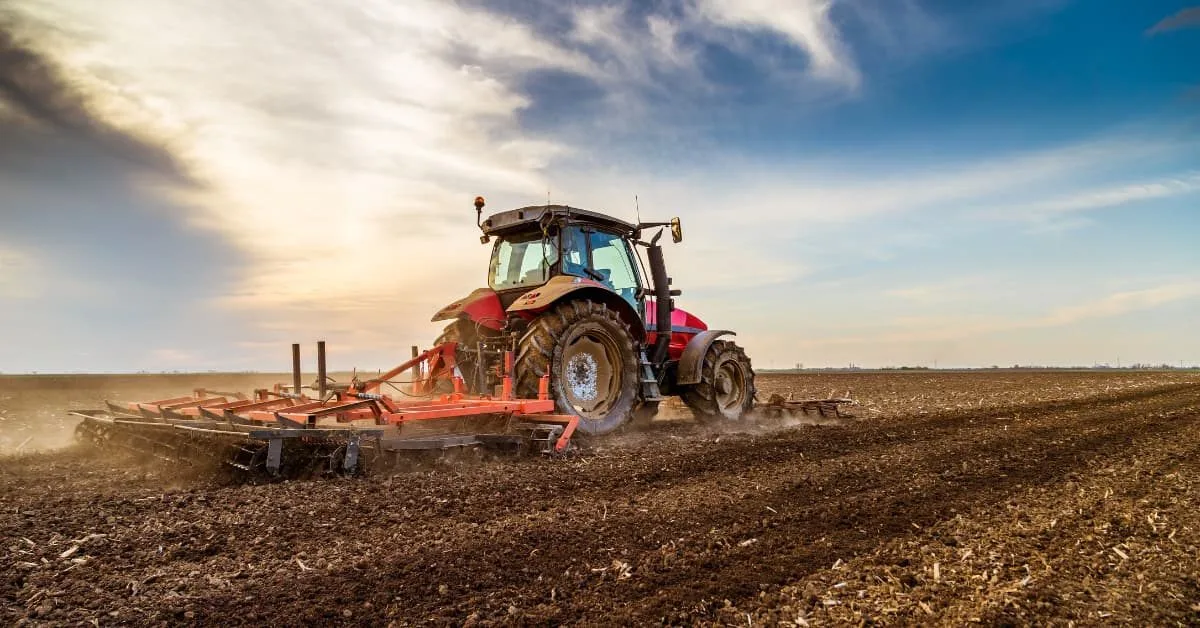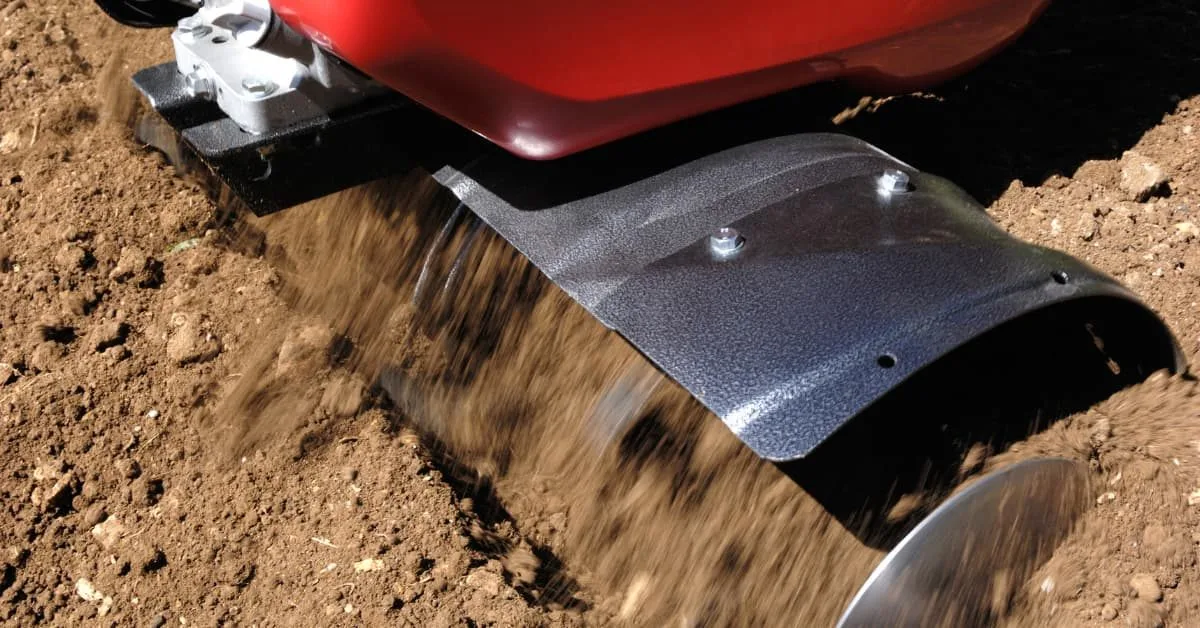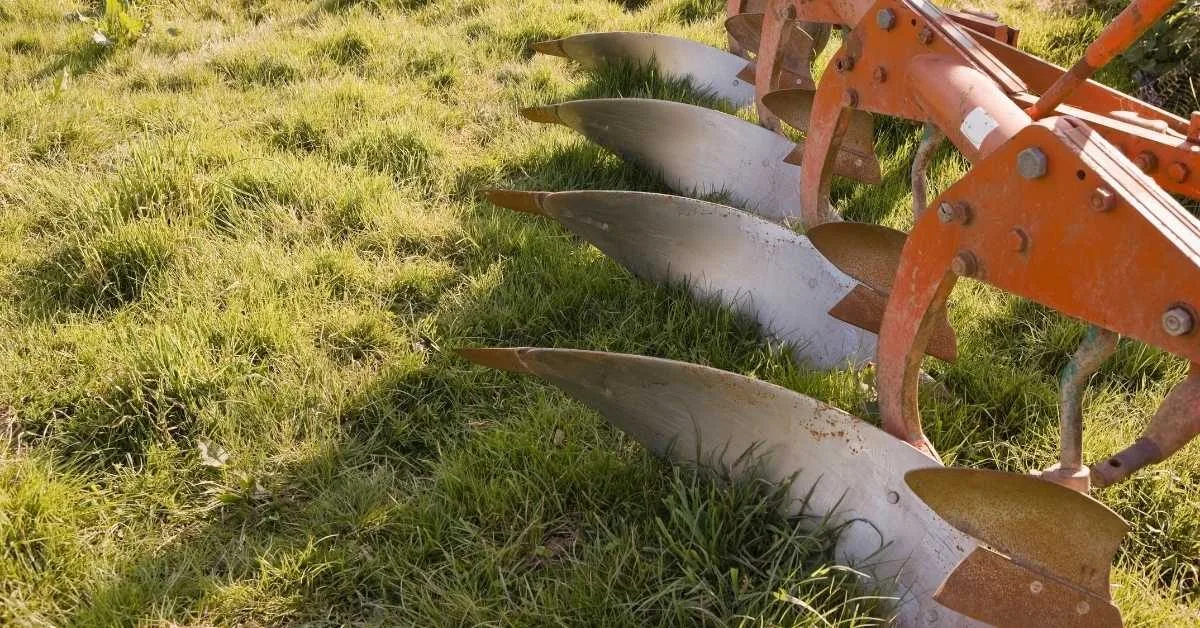If there’s one thing I’ve learned over time, it’s that soil is the heart of any crop. You can have the best seeds, a top-notch irrigation system, and even ideal weather conditions, but if the land isn’t in shape, the results will be disappointing. Preparing the soil before sowing isn’t just a formality; it’s what makes the difference between a healthy crop and one that barely survives.
Benefits of preparing the soil before planting
To begin with, well-prepared soil does wonders for plant roots. Plowing, loosening, and aerating the soil allows roots to grow freely and access oxygen easily. It also encourages the presence of microorganisms that work in our favor—those tiny allies that transform organic matter into essential nutrients for plants.
Another key benefit is improved water retention. Think about compacted soil: water just runs through it, disappearing before plants can make use of it. In contrast, when the soil is loose and fluffy, water stays where it’s needed longer. This not only helps the plants but also optimizes water use—¡something crucial in times where saving water is a top priority.

What happens if you sow directly without preparing the soil?
Well, that’s when the headaches begin. For starters, roots may find it difficult to expand. Compacted soil acts like a wall, preventing roots from absorbing the water and nutrients they need.
On top of that, nutrients are usually unevenly distributed. Some areas may have an abundance, while others are deficient, resulting in an uneven crop. And let’s not forget about weeds—if you don’t eliminate them beforehand, they’ll become your plants’ worst enemies, competing for light, water, and nutrients.
Soil preparation is not something to leave to chance
Preparing the soil for cultivation is like laying the foundation of a house: if the base isn’t solid, everything else wobbles. So here at Agrícola Navarro, manufacturers and distributors of agricultural blades, we’re going to show you how to properly prepare the soil to start growing. What you invest now, you’ll be thankful for when you see your plants growing strong and healthy.
Main steps to prepare the soil
Although each type of land and crop has its own particularities, there are some basic steps that are key for any soil preparation. Here’s a simple breakdown so you can get started right away:
1. Analyze your soil’s condition
Before doing anything, the first step is to understand your land. You can assess it visually—see if the soil is compacted, weedy, or too sandy—but ideally, you should get a lab analysis. This will help you understand the soil composition (pH, nutrient levels, texture type) and know what it needs to be optimal for your crops.
2. Eliminate weeds
If you don’t control weeds before starting, they’ll compete with your plants for water, light, and nutrients, and believe me, they’re usually tougher than the crops themselves. You’ve got two options here: remove them manually or use specific herbicides.
If you go the manual route, make sure to remove the roots to prevent regrowth. And if you opt for herbicides, apply them with enough time so they don’t interfere with your future crops.
3. Give your soil some air: Plowing and tilling
Plowing is the star of soil preparation. This step involves turning the soil to break up compacted layers, aerate the ground, and allow water and nutrients to penetrate better. Depending on your land’s size, you can do it with manual tools or machinery like tillers, cultivators, or rotavators, which make the job much easier.
Tilling also helps incorporate organic matter and fertilizers into the soil, creating a more nutrient-rich environment for your plants.
4. Level the soil
Don’t underestimate this step—especially if you use irrigation. Uneven terrain can cause puddles or runoff, wasting water and eroding the soil. Using a shovel, rake, or specialized machinery will help level the surface and prepare the land for uniform watering.
5. Conditioning and fertilizing
The final step before planting is giving your soil a nutrient boost. You can do this with compost, well-rotted manure, or organic fertilizers. These enrich the land and improve its structure, making it more porous and better at retaining moisture.
If you’re working with poor soils, this step is critical. And don’t forget to distribute fertilizers evenly to avoid unbalanced zones.
The importance of using the right machinery
Every piece of land and crop type has different needs, and choosing the right machine is essential to meet them efficiently. For example, if you’re working in a small garden or orchard, a tiller can be ideal thanks to its compact size and ease of use. On the other hand, for larger plots or tasks requiring deeper tilling, cultivators or rotavators are sturdier options that can save you hours of work.
Using machinery not only reduces physical effort, but also ensures the soil is well-aerated, weed-free, and evenly textured.
The blades: the heart of the machine
Having high-performance blades ensures the job is efficient and the soil gets the treatment it needs. These blades are designed to cut, loosen, and mix the soil without compacting it, which improves oxygenation and promotes even nutrient distribution.
Also, well-maintained and sharp blades reduce wear on the machine and make work easier—even in hard or rocky soils. That’s why investing in quality blades for tillers, cultivators, and rotavators—and keeping them in good shape—is just as important as choosing the right machine.
Additional advantages of specialized machinery
- Time and effort savings: A tiller or cultivator can do in minutes what would take hours with hand tools.
- Uniform preparation: These machines work the soil consistently, eliminating irregularities that can affect crop growth.
- Versatility: Many machines allow for accessories like trailers or seeders, turning them into multifunction tools.
- Fewer mistakes: The right machinery reduces the chances of compacting the soil or damaging its structure.
Soil preparation according to the type of crop
Not all crops have the same needs, and that directly affects how we prepare the soil.
Horticultural crops
Horticultural crops, like tomatoes, lettuce, or carrots, are demanding when it comes to soil quality. They need nutrient-rich, well-aerated soil with good drainage. Here are the main steps:
- Shallow plowing: Don’t go too deep, as these plants usually have shallow roots.
- Organic matter input: Compost, manure, or worm humus are great for enriching the soil.
- Leveling: A uniform surface makes irrigation easier and prevents water accumulation that could harm roots.
- Weed control: These crops don’t tolerate competition, so remove all weeds completely before planting.
Fruit trees
Fruit trees, like orange trees, apple trees, or avocados, have roots that need to anchor and expand deeply. Soil preparation here focuses on ensuring a strong and well-nourished structure:
- Deep tilling: Loosening the soil deeply allows roots to grow freely. If the soil is compacted, tree growth will be slow.
- Drainage: Proper drainage is crucial to avoid waterlogging, which can suffocate roots.
- pH correction: Fruit trees often have specific pH preferences, so a prior analysis will help you adjust with lime (for acidic soils) or sulfur (for alkaline soils).
- Initial fertilization: Apply fertilizers rich in phosphorus and potassium to give trees a strong start.
Extensive crops
For extensive crops, like wheat, corn, or sunflower—where large areas are cultivated—soil preparation needs to be very efficient. In these cases, agricultural machinery plays a key role:
- Pre-preparation: Before plowing, ensure there are no residues from previous crops that might hinder the work.
- Breaking and aerating: Use machinery like cultivators or rotavators to break compacted layers and facilitate water and nutrient infiltration.
- Direct seeding (if applicable): In some regions, direct seeding with minimal tillage is a sustainable option that preserves soil structure and reduces erosion.
- Large-scale fertilization: In extensive farming, fertilizers are usually applied in phases for maximum efficiency, starting with a nitrogen-rich base before planting.
We hope this article has been helpful in preparing your soil and ensuring the success of your crops. At Agrícola Navarro, we know that using the right tools and machinery makes all the difference, which is why we invite you to discover our agricultural blades and spare parts made from top-quality boron steel. That way, you’ll get the most out of your tillers, cultivators, or rotavators, ensuring more efficient work and perfectly prepared soil. Visit us and equip your machinery with the best for your crops!



